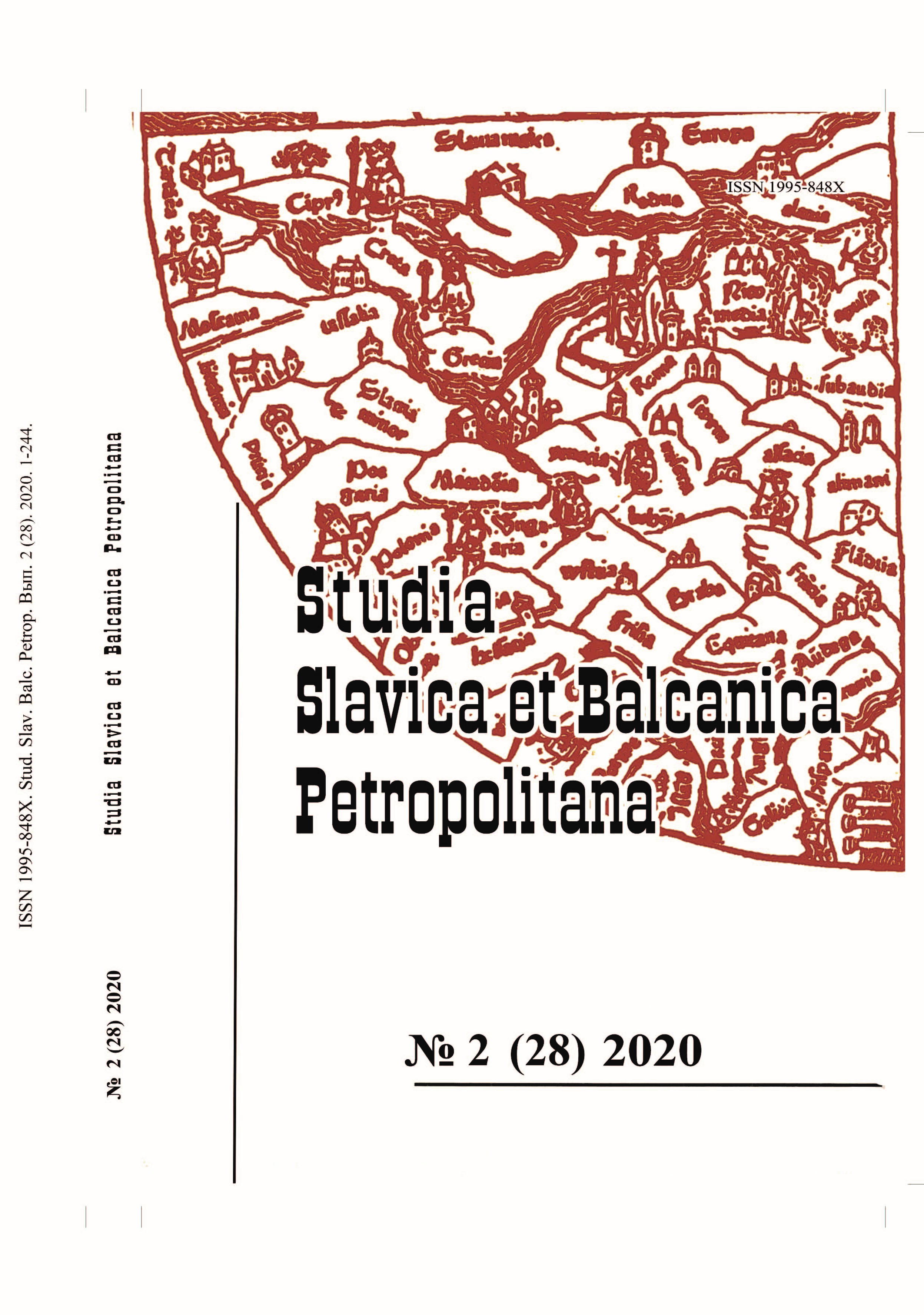Фасадная декорация палеологовских храмов Салоник: специфика и эволюция локального метода
Façade decoration of Palaiologan churches in Thessaloniki: Specificity and evolution of the local approach
Author(s): Maria Leonidovna ZavorinaSubject(s): Fine Arts / Performing Arts, Architecture, Middle Ages
Published by: Издательство Исторического факультета СПбГУ
Keywords: Byzantine architecture; Palaeologan Age; Thessaloniki; façade decoration;
Summary/Abstract: The article is devoted to the peculiarities of the Palaeologan architecture of Thessaloniki. Based on the analysis of approaches to the facades organization, iconographic and compositional features of the facade decor, an attempt is made to clarify the local specifics of the Thessalonikan architecture and establish the patterns of its development. Among the main features that form the architectural identity of Thessaloniki are: a combination of metropolitan and provincial traditions, rethinking and combining retrospective elements in line with current stylistic trends, rooted in the traditions of Byzantine architecture and rejection of Western European stylistic elements. In its development, Thessalonikan architecture went through two stages, each of which is marked by an appeal to the traditions of previous periods. The first stage (late 13th – first third of the 14th century) is characterized by intensive development of the local variant of the Palaeologan style based on combination of the traditions of Constantinople, Epirus, Nicea, Northern and Southern Greece. These searches are carried out on the basis of the same architectural type and show three different approaches to the organization of facades in a combination of metropolitan and provincial stylistic paradigms (vertical and horizontal systems of articulation, architectural decor and retrospective vocabulary of ceramoplastic decorative elements). The monuments of the second stage (1350s – 1378) are marked by typological variety and show a tendency to reproduce and interpret local architectural models from the first third of the 14th century. The dynamics of the development of Thessalonican architecture does not allow to characterize this center as conservative, and the retrospectiveness of the Palaeologan architecture of Thessaloniki seems to be a creative method of local masters rather than a qualitative characteristic of their works.
Journal: Петербургские славянские и балканские исследования
- Issue Year: 2020
- Issue No: 2 (28)
- Page Range: 73-88
- Page Count: 16
- Language: Russian

